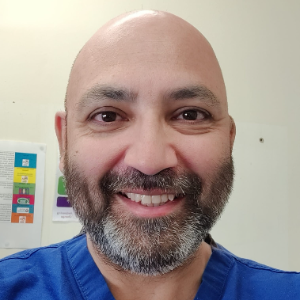Myofascial Release
Myofascial Release is a therapeutic technique that focuses on releasing tension and tightness within the fascia, a connective tissue that surrounds and supports muscles, bones, and organs throughout the body. This specialized form of manual therapy recognizes the fascia's role in maintaining structural integrity and facilitating efficient movement. During myofascial release, a skilled therapist applies sustained pressure and gentle stretching to the fascial layers, aiming to release restrictions and alleviate pain or discomfort. The therapist uses their hands, fingers, or specialized tools to palpate and manipulate the fascia, identifying areas of tension or adhesions. Myofascial release is particularly effective in addressing conditions such as myofascial pain syndrome, chronic muscle tightness, and restrictions caused by scar tissue. This therapeutic approach acknowledges the interconnected nature of the fascial network, understanding that restrictions in one part of the body can have far-reaching effects on overall movement and function. By releasing fascial restrictions, myofascial release aims to restore optimal biomechanics, improve flexibility, and enhance the body's natural ability to heal. The technique is often utilized as part of a comprehensive treatment plan for various musculoskeletal issues, including sports injuries, postural imbalances, and chronic pain conditions.

Stephen S Tower
University of Alaska Anchorage, United States
Marcos Brioschi
American Academy of Thermology, United States
Wagih El Masri
Keele University, United Kingdom
Arif Akkok
Lake Erie College of Osteopathic Medicine, United States
Akash Ganguly
Warrington and Halton Hospitals NHS FT, United Kingdom
Sajid Ali
The Dudley Group NHS Foundation Trust, United Kingdom




Title : The UK profemur recall and implant cobaltism
Stephen S Tower, University of Alaska Anchorage, United States
Title : The tomographic phenotype and the genotype of wormain bones
Ali Al Kaissi, National Ilizarov Medical Research Center for Traumatology and Orthopaedics, Russian Federation
Title : New treatment of muscle contracture and joint contracture through muscle regeneration with mitochondrial dynamics
Ki Ji Lee, Busan Medical University, Korea, Republic of
Title : New treatment of sarcopenia through muscle regeneration with mitochondrial dynamics
Ki Ji Lee, Busan Medical University, Korea, Republic of
Title : The prevalence and association of self-reported depression symptoms with musculoskeletal pain and quality of life among pregnant women
Youssef Masharawi, Tel Aviv University, Israel
Title : Bipolar hemiarthroplasty under local anesthesia (2%)
Ketan Karabhai Parmar, Aayush Multispecialty Hospital, India